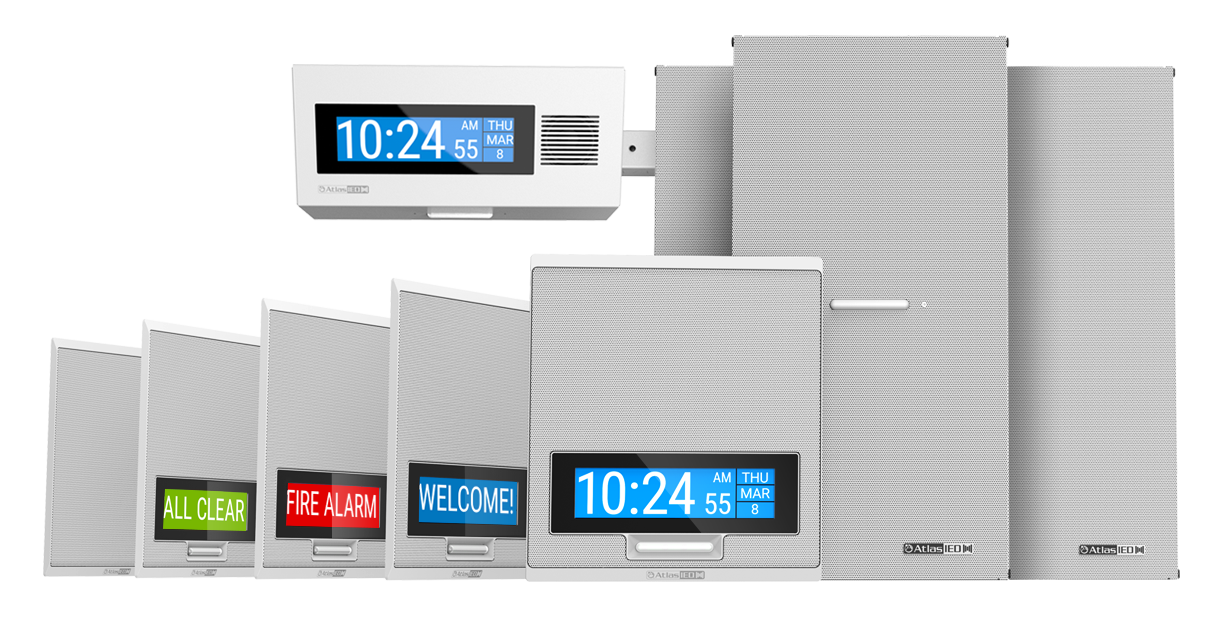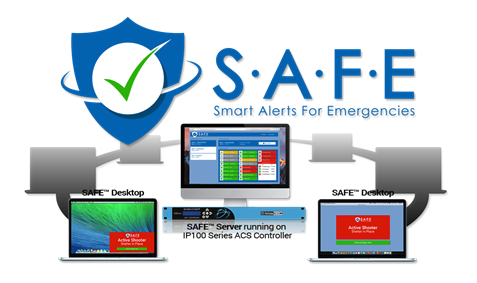Almost every K12 school district had or still has an analog paging system that they use for daily communications. A system consisting of standard analog speakers mounted to the wall with speaker wires connected to a paging station in the administrative office for morning announcements, communicating to a single classroom, bell schedules, etc… And while these systems typically did the job they were intended to do, school districts who haven’t switched to network audio probably just don’t know what they don’t know.
The leaders of K12 school districts are often people educated in teaching, childhood development, and business. They may not be tech gurus who stay current on all the hot trends. But if they knew what they probably don’t know about network audio and how it can benefit their daily lives, we believe analog communications systems in education would’ve been replaced years ago.
Using a network-based communications system, sometimes referred to as AV over IP, VoIP, or AoE (Audio over Ethernet), offers an entire ecosystem of features and benefits that simply aren’t possible with the antiquated analog system. Installation is easy. Simply mount the device and run 1 Ethernet cable from the device to an Ethernet hub on the network. That’s it!
Once the analog components have been replaced with IP endpoints on the network, the capabilities of the system are exponentially improved. Not only can the network system do all the things that analog system could do, it can also provide visual messaging, compliance with ADA regulations, integrate with digital signage, reduce maintenance labor, initiate pre-programmed, automated communications, and so much more.

Analog clocks can be replaced by IP endpoint devices that also include paging speakers, talkback microphones, LCD screens for scrolling text, and even LED flashers for ADA compliance. Speakers can be used for audible communications such as paging, background music, bell schedules, and fire alarm to name a few. LCD screens can wish good luck to students taking the SAT this afternoon, to the sports team competing tonight, and used for visual way finding helping to guide people to the nearest exit in the event of a fire or to the safe zone in a tornado. Digital clocks are updated for standard time or daylight savings time automatically because they use network time. Maintenance staff no longer has to change the time clock by clock.
A network-based communications system can include Smart/Automated features that trigger a series of actions all at the touch of a button. Critical alerts in emergency situations that must be clear, concise, and without panic are not conducted by a receptionist in the central office who is scared, cannot be understood, or forgets to mention key parts of the protocol while under the pressure of the situation. Local authorities and parents can be notified automatically through the system which enables faculty members to focus on the students and executing protocols onsite. The volume of the audible communications can even be automatically increased when necessary with the use of ambient noise sensors thus ensuring the communications can be heard in any zone, time of day, or situation.
A network-based communication system can even be used to confirm that all students and faculty are safe and accounted for classroom by classroom in the event of an emergency. Have you ever wondered what happens when the central office initiates an emergency protocol? How do they know that everyone has heard the message and has done what they are supposed to do? With a network-based system, administration and local authorities will know exactly which classroom hasn’t confirmed back to the system that they have received the message and executed the protocol and can focus their attention accordingly. These are the precious seconds that everyone talks about in emergency situations.

If everyone knew these capabilities and features existed, analog systems in schools would be a thing of the past. Network communications systems include features that not only improve daily communications and efficiency, but also vastly improve life safety during emergency situations.
Which system would you want in the school your kids attend?
Click Here to read about the benefits of background music in education.
Click Here to learn about GLOBALCOM.EDU, a unified communications system designed specifically for education environments.


